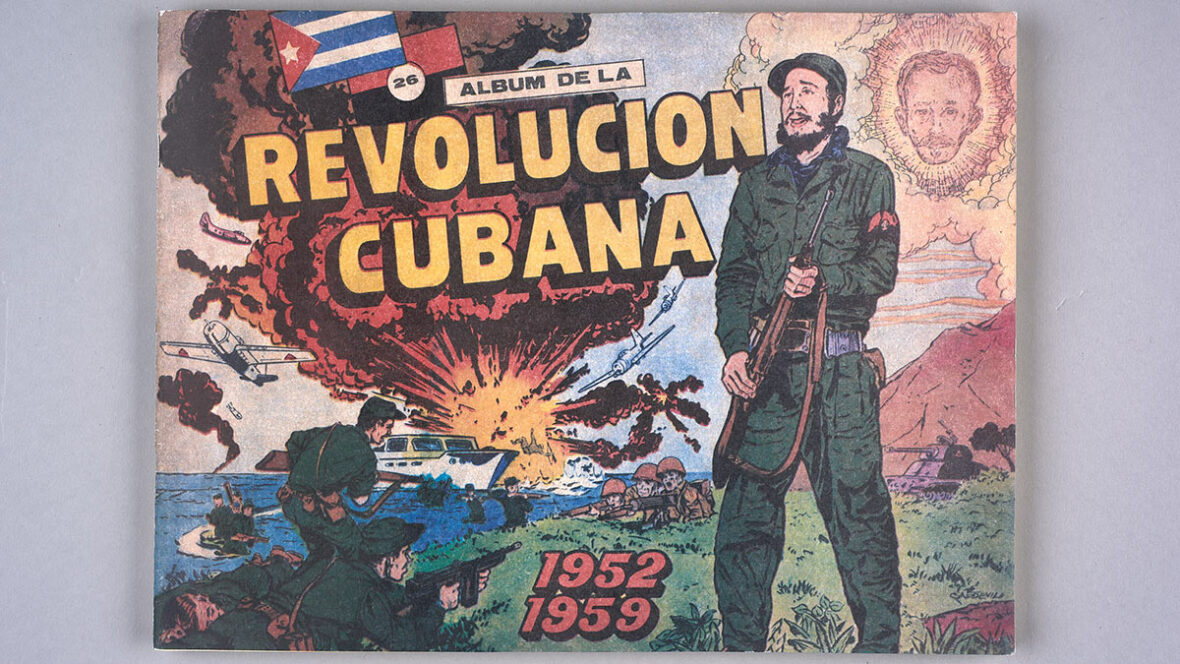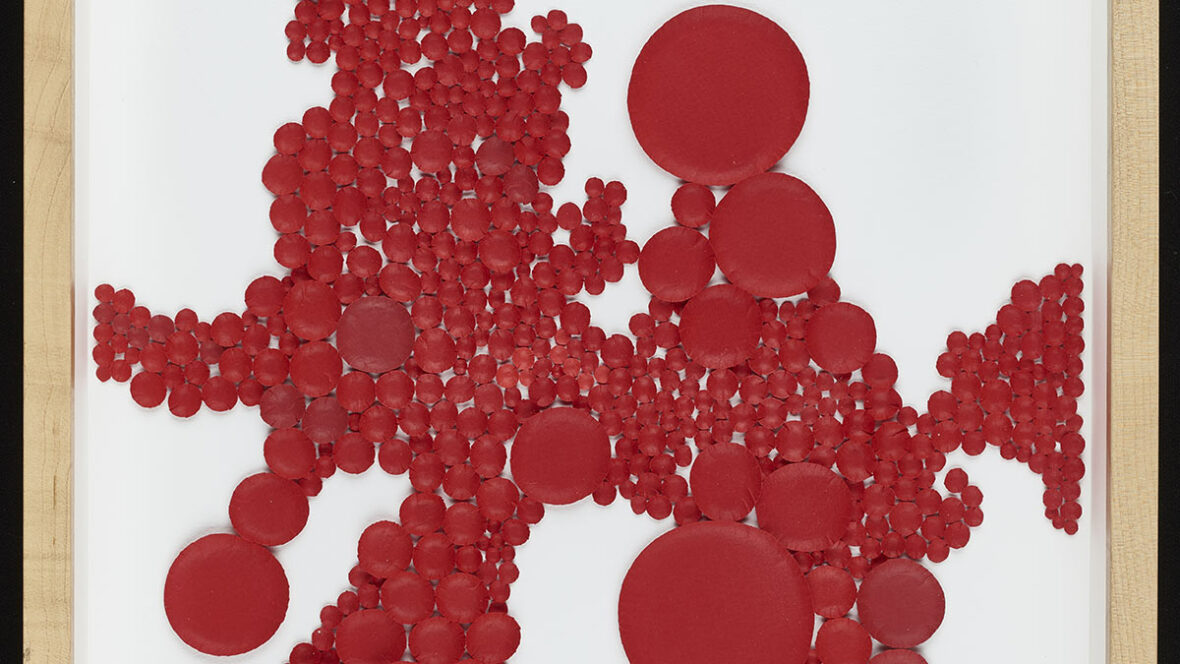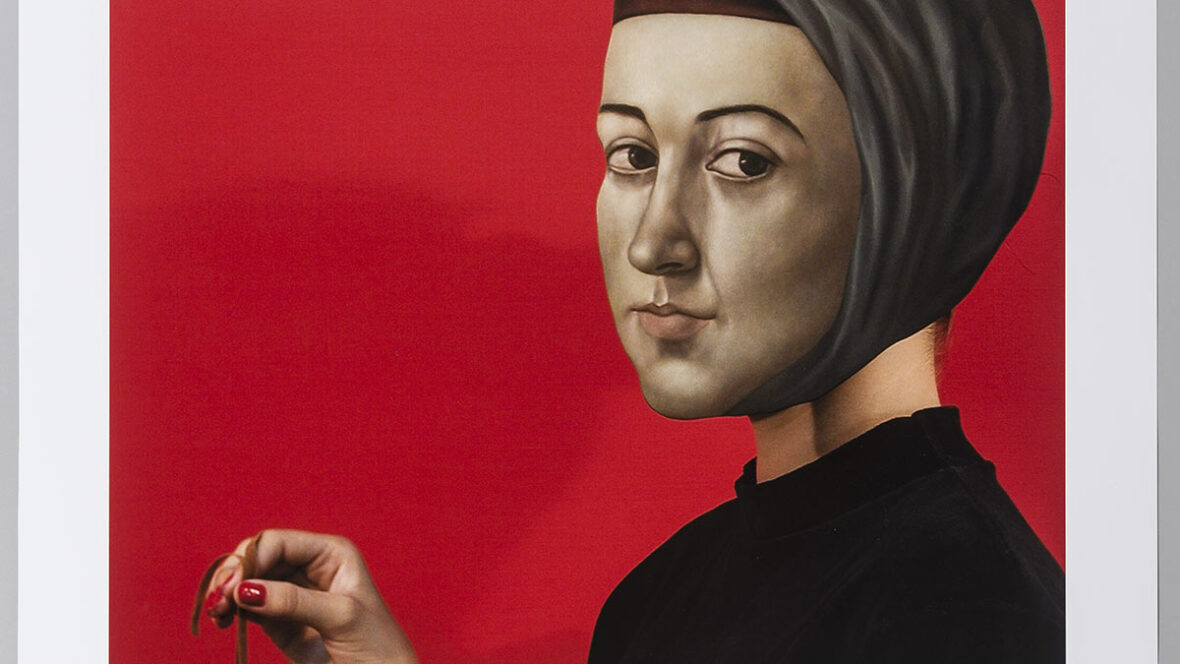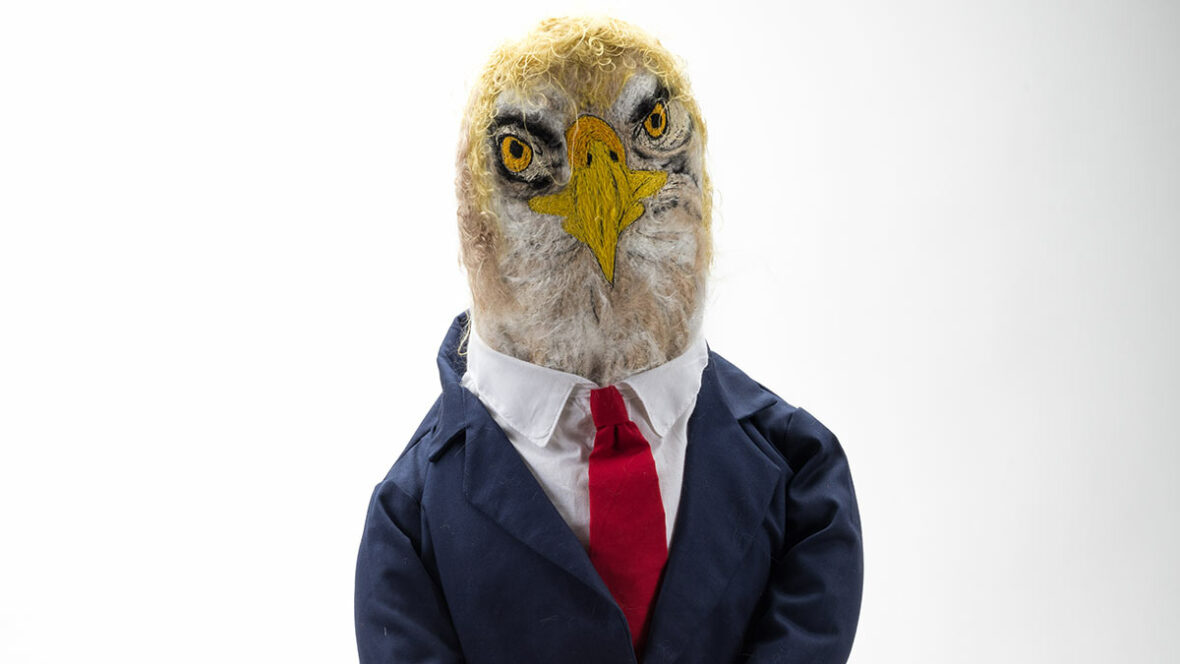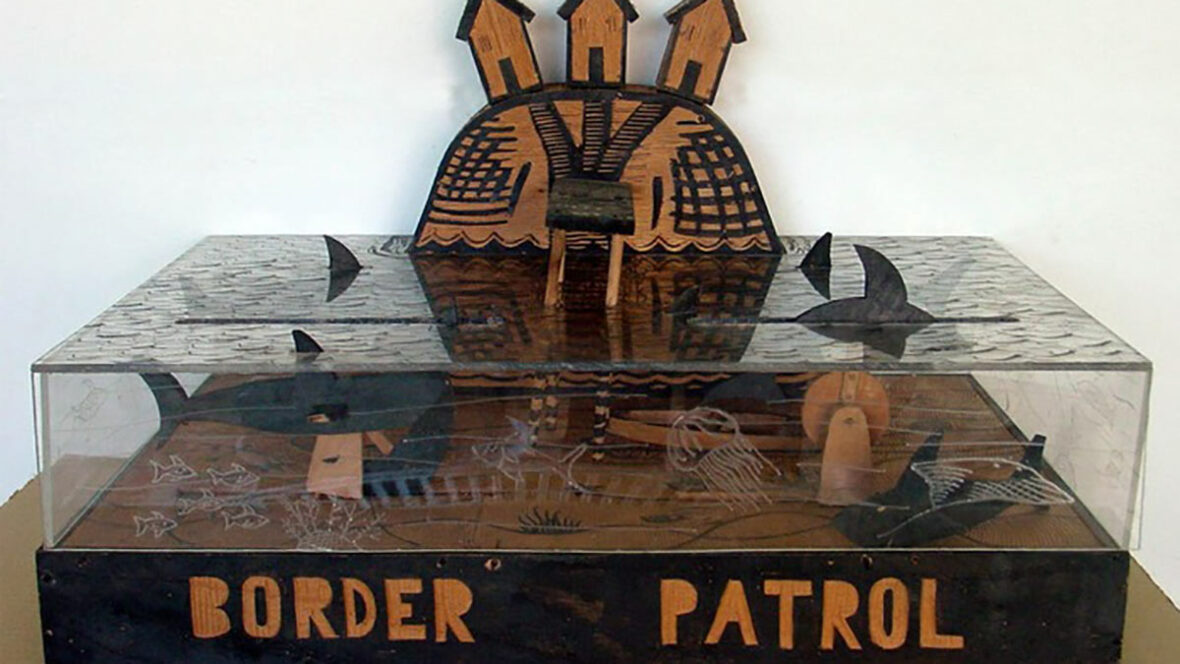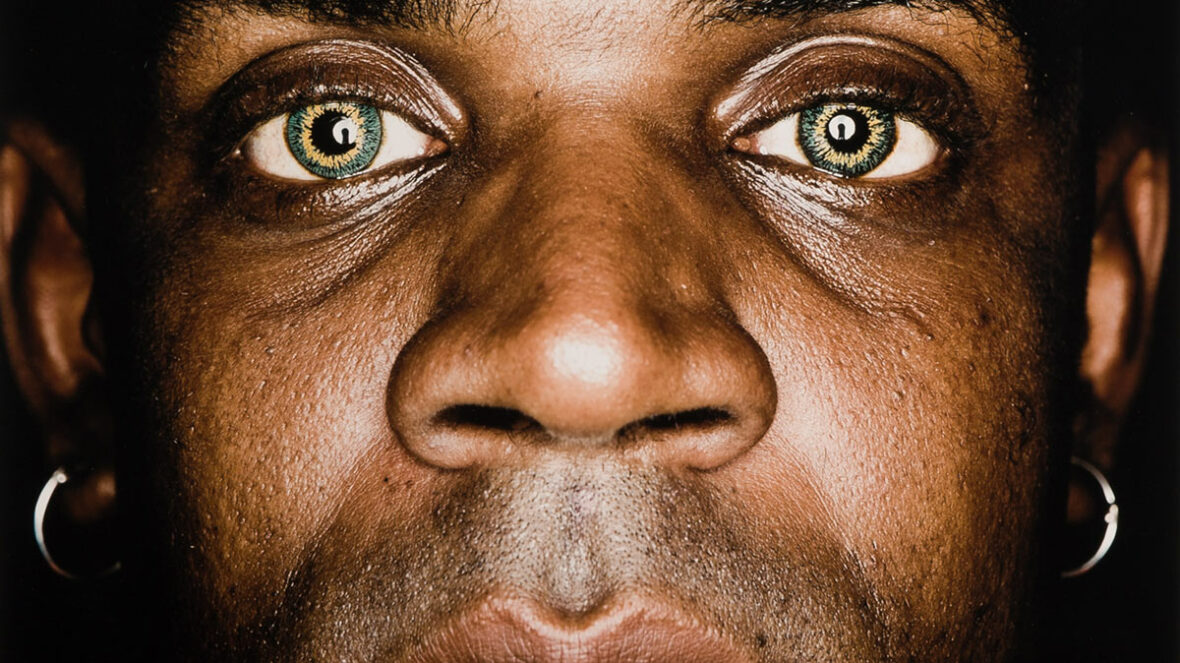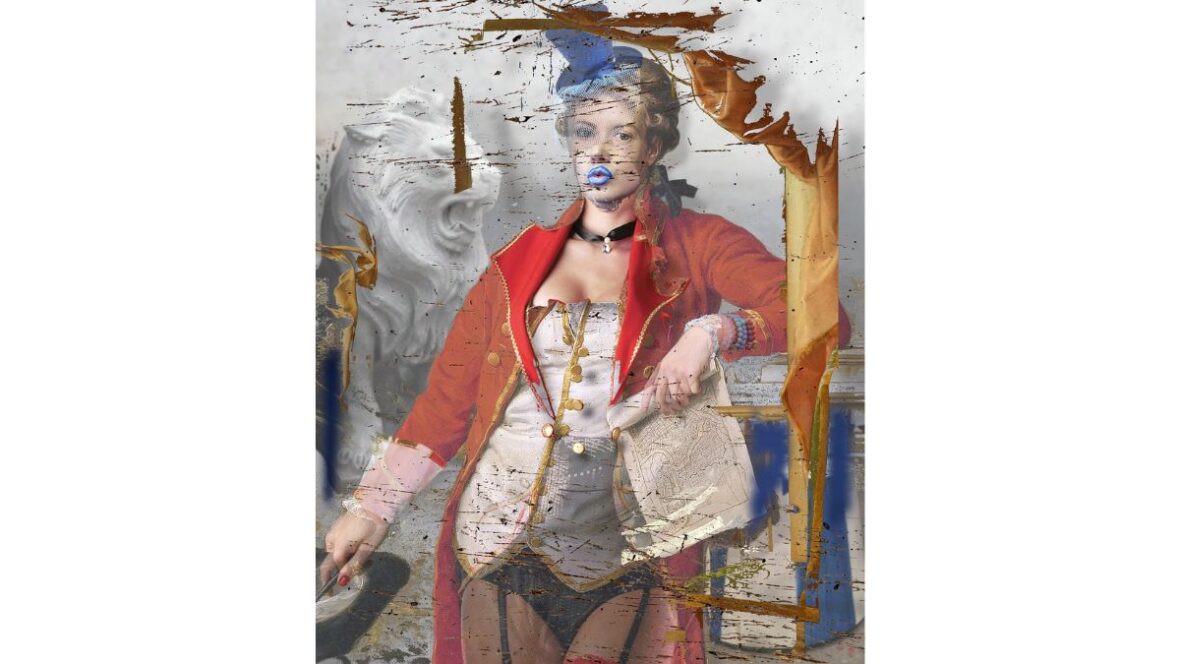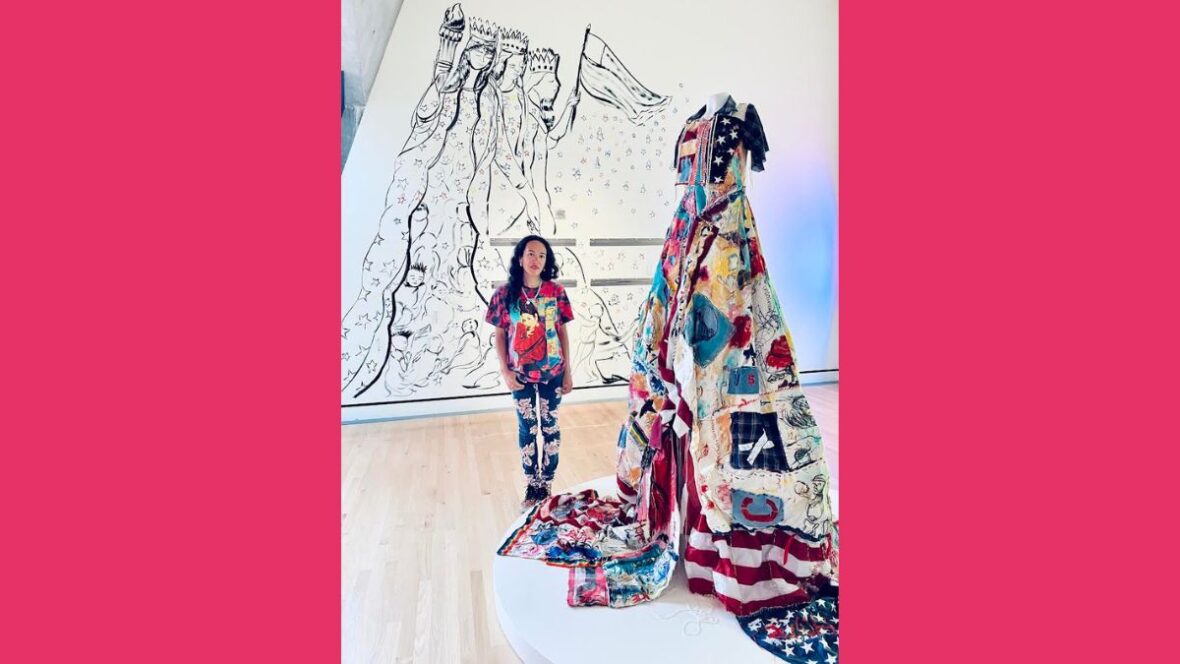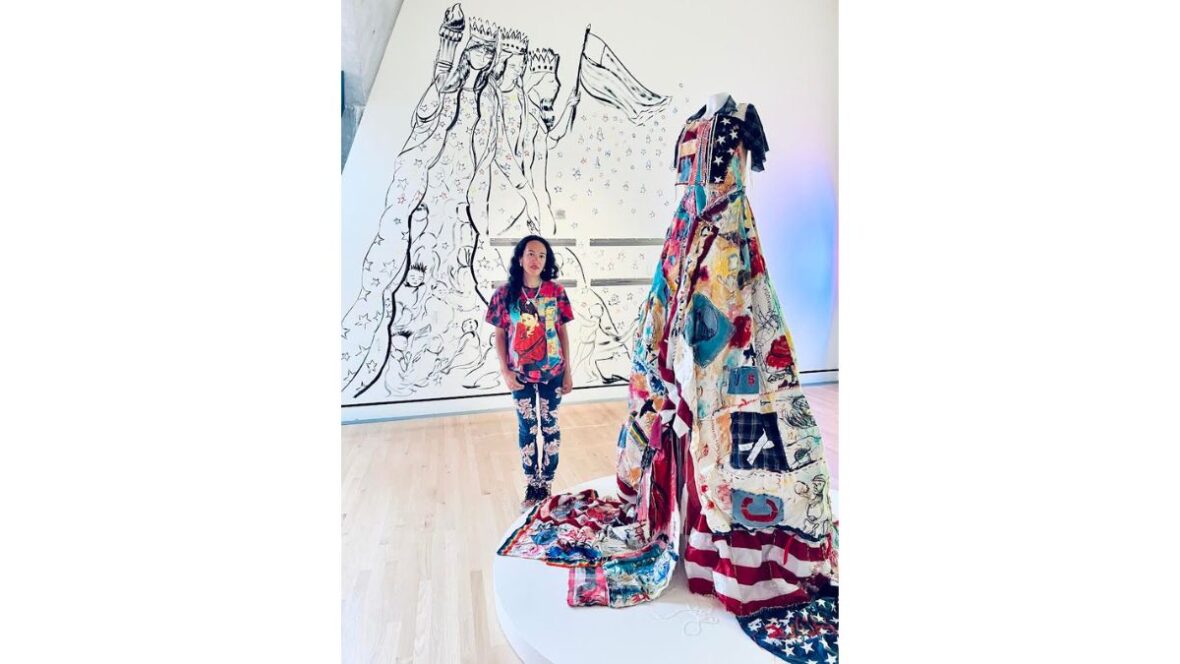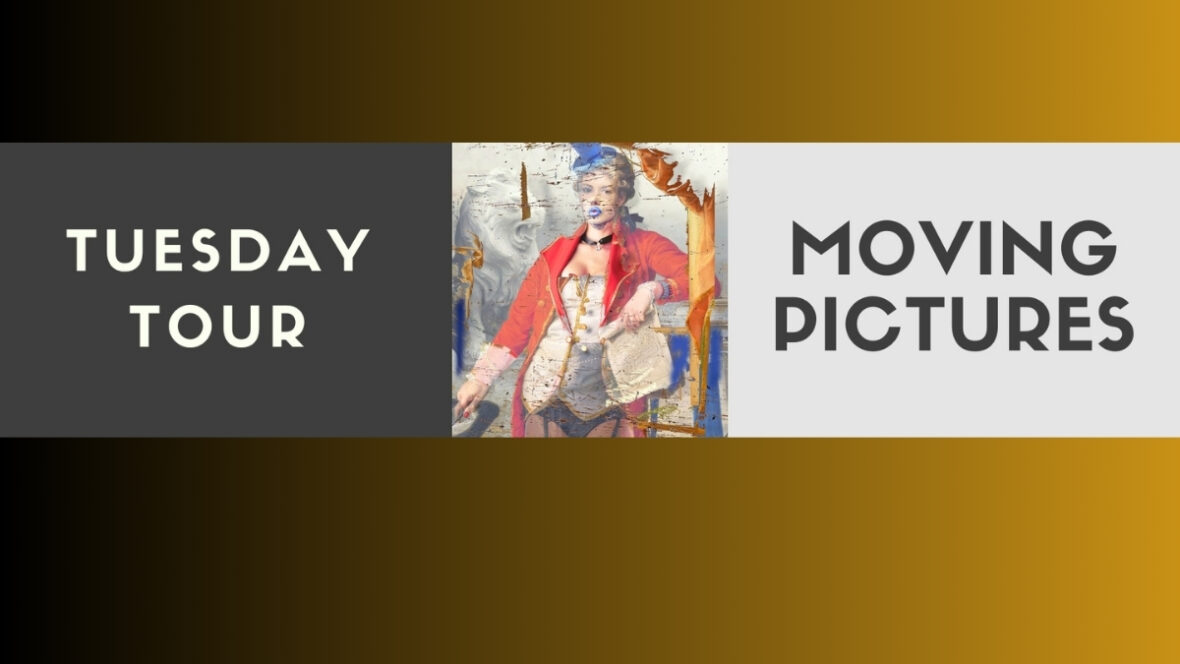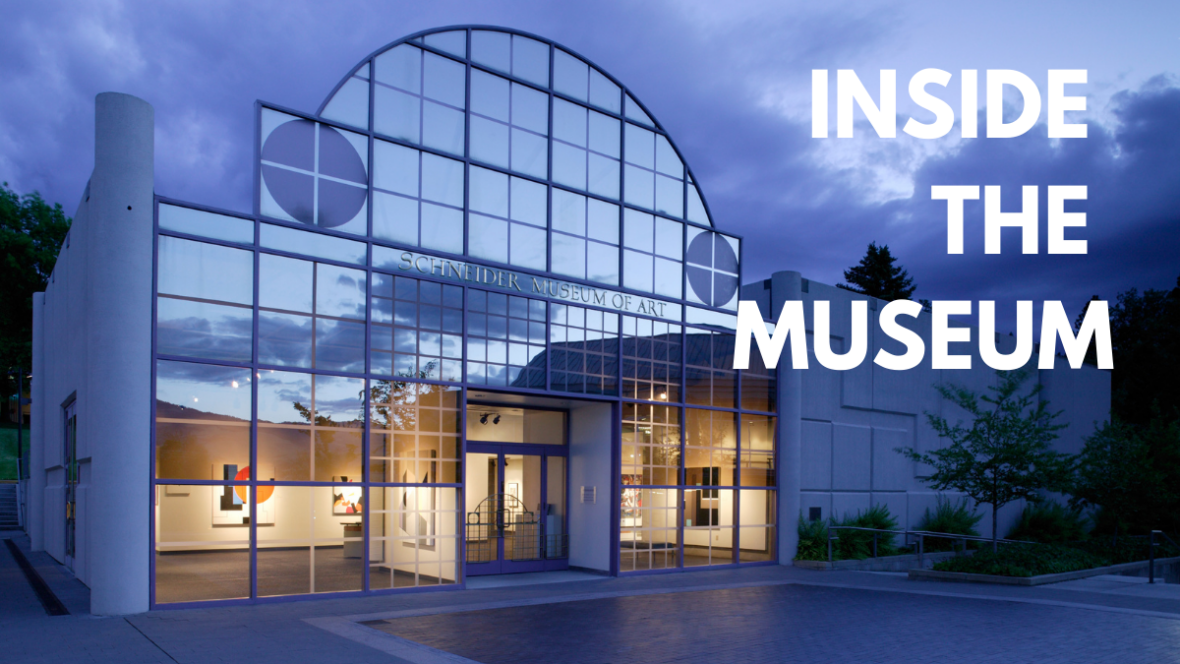Collecting Cuba, Selections from the Jordan Schnitzer Museum of Art
The Schneider Museum of Art presents Collecting Cuba, Selections from the Jordan Schnitzer Museum of Art, April 6th through July 1st. The exhibition is presented in collaboration with the Ashland Independent Film Festival (AIFF) and curated by Jill Hartz. Due to COVID-19 restrictions hours will be limited. The Museum will be open Tuesday through Thursdays, from 10am to 4pm. A fully illustrated catalog accompanies the exhibition and will be available at the museum.
Tuesday Tours
Join us for a free tour every Tuesday at 12:30PM. For safety reasons, the Tuesday Tours are limited to 6 people, and registration is required.
Video Tour
About the Curator
Appointed executive director of the Jordan Schnitzer Museum of Art at the University of Oregon, Eugene, in 2008, Jill Hartz retired in December 2019. She now lives in Ashland, Oregon, where she continues to support the arts and museum fields as a contemporary curator and arts consultant. She is president emerita of the Association of Academic Museums and Galleries and a member of the American Association of Museums Accreditation Commission. Prior to Oregon, she served as director of the University of Virginia Art Museum in Charlottesville (1997-2008) and worked in various capacities at the Herbert F. Johnson Museum of Art at Cornell University. She has organized numerous exhibitions, primarily in the contemporary art field, and is the editor of five books, including Rick Bartow: Things We Know but Cannot Explain (co-edited with Danielle Knapp, 2015) Hindsight-Fore-Site: Art for the New Millennium (University of Virginia Press, 2003), and Agnes Denes (1992).
Essay by Jill Hartz
Collecting Cuba
In 2000, I organized my first visit to Cuba on behalf of the all-volunteer trip committee of the University of Virginia’s art museum, which I directed at that time. I didn’t know what to expect, but something about the island’s people and their art affected me deeply. For the past twenty years, I have returned frequently, introducing my travel companions to the vibrant culture, warm hospitality, and complexities of life on this island so close to our country and yet so distant in other ways. That paradox, among many others, is at the heart of the imagery and creative choices expressed in the contemporary Cuban art to which I am drawn. As a former museum director and contemporary curator, I have had the good fortune to meet many artists, curators, art historians, gallerists, and collectors on the island and elsewhere, who have helped me to learn more about Cuban history and contemporary art. With their help, I have acquired important works for the museums I directed. And now, for the first time, I have an opportunity to present a major exhibition drawn from the collection I developed while executive director (2008-2019) of the Jordan Schnitzer Museum of Art (JSMA) at the University of Oregon.
I am indebted to the JSMA, its executive director, John Weber, and its staff for lending these pieces, supporting their preparation for the show, and for contributing financially to the accompany publication. I am grateful to Scott Malbaurn, director of the Schneider Museum of Art for his encouragement and for partnering a sixth time with the Ashland Independent Film Festival (AIFF), which, this April, will take as one of its themes “Cuba.” AIFF’s artistic director, Richard Herskowitz, and Robert Arellano, Professor of Emerging Media and Digital Arts, Southern Oregon University, have curated a program of Cuban film and media art that complements and enhances this exhibition.
Over the past two decades, I have seen exciting and troubling changes in Cuba that affect its cultural production. Impressive public health, education, and literacy standards exist in the same space as political and artistic censorship and imprisonment. Socialist practices contend with new opportunities for home ownership (for those who can afford it) and private businesses (if supplies are available). Underground entrepreneurs fuel growth, and the wide sharing of media through hand-to-hand transfer of tapes and publications informs Cubans about world news, movies, and television shows, especially those from the U.S.A more available legal internet increases global access, but its inconsistency and potential surveillance pose challenges.
A tourist economy has given rise to more opulent hotels and luxury stores, rarely affordable to the local populace. Old American cars are ingeniously kept running, and glow in their newly painted pastels. Today, a university history professor or doctor earns more as a tourism guide than pursuing his or her profession. Throughout this period and before, events like the U.S. embargo, the Mariel Boatlift, the blowing up of the Maine, the Bay of Pigs fiasco, the Missile Crisis, and resistance from the bloc of Cuban Americans, especially in Florida, have stymied trust between our nations. President Obama’s efforts toward reconciliation were abruptly thwarted by the Trump administration, but now with a new president, hope returns. Yet again. These constant ups and downs, negotiations and renegotiations, can weary the soul – or they can be internalized and expressed in the dreams and nightmares we find in Cuban music, poetry, dance, drama, and the visual arts. In Cuba and Cuban art, pessimism and optimism are not mutually exclusive, and beauty and humor are powerful tools to illuminate disappointment and despair.
Most of the Cuban artists whose work I value have benefited from a free education and meticulous training from a young age, following a Beaux-Arts model. Their extensive knowledge of Western art history and their honing of practice and technique have provided strong foundations for their individual visions and expression. Still, they must contend with such challenges as finding space to work (many have studios in their homes) and a shortage of materials, which can result in unusual media choices. The more they sell to foreigners, the more they can improve their studios and living situations. And always, they need to decide what they can share with the public and what they must hide.
I have chosen the title for this exhibition – Collecting Cuba – for its literal connotation (the exhibition is drawn from work that I was instrumental in collecting for the JSMA) – and to recognize my own complicity in that act. With every trip to the island, I have collected art, experiences, and memories, and I have processed those as a non-Cuban western academic art museum director and contemporary art curator. As anti-colonialist, as I hope my reasons, reactions, and perspectives might be, I and the museums I have led benefit from the heartbreaking challenges faced by artists living and working in a nation where the tensions between a revolutionary vision and repressive practices are a way of life.
Paradox, dark humor, beauty, sadness, and vulnerability connect the works in this exhibition. Artists still living in Cuba reflect the daily challenges of survival in their art, while those now living in the U.S. and elsewhere convey the tensions of their hybrid citizenship. Regardless of their current physical location, however, all of them are fully engaged in expressing their personal relationship with their home(s) and the world with honesty, intelligence, and determination.
I have conceptualized this exhibition through three lenses: history, identity, and materiality. Many of the works address more than one of these themes, as they are inextricably connected. It is my intent that this structure will draw in the visitor/viewer on their own path of discovery.
Jill Hartz, Exhibition Curator
A special thanks to these exhibition supporters:
JORDAN SCHNITZER MUSEUM OF ART, UNIVERSITY OF OREGON
DAVID GRIFFITHS
ELIZABETH D. MOYER, PHD, AND MICHAEL C. POWANDA, PHD
ELLEN TYKESON AND KEN HIDAY
SHARON UNGERLEIDER FAMILY FOUNDATION
BARBARA AND JAMES WALKER
Artists
Gladys Acosta
Juan Carlos Alom
Belkis Ayón Manso
Abel Barroso
José Bedia
Augustin Bejarano
Marta Maria Peréz Bravo
María Magdalena Campos-Pons
F. Lennox Campello
Ernesto Capdevila
Raul Corrales
Miguel Couret
Ana Marie Cruz
Roberto Fabelo
René Francisco
José Manuel Fors
Adrián Fernandez Milanés
Aimeé García Marrero
Alejandro Gonzáles
Eduardo Hernández Santos
jorge & larry
Glenda Léon
Liudmilla & Nelson
Elsa Mora
Armando Marino
Ibrahim Miranda
Aurora Molina
Cirenaica Moreira
Reynier Leyva Novo
Organization in Solidarity with the People of Asia, Africa & Latin America (OSPAAL)
René Peña
Sandra Ramos
Fernando Rodriguez Falcón
